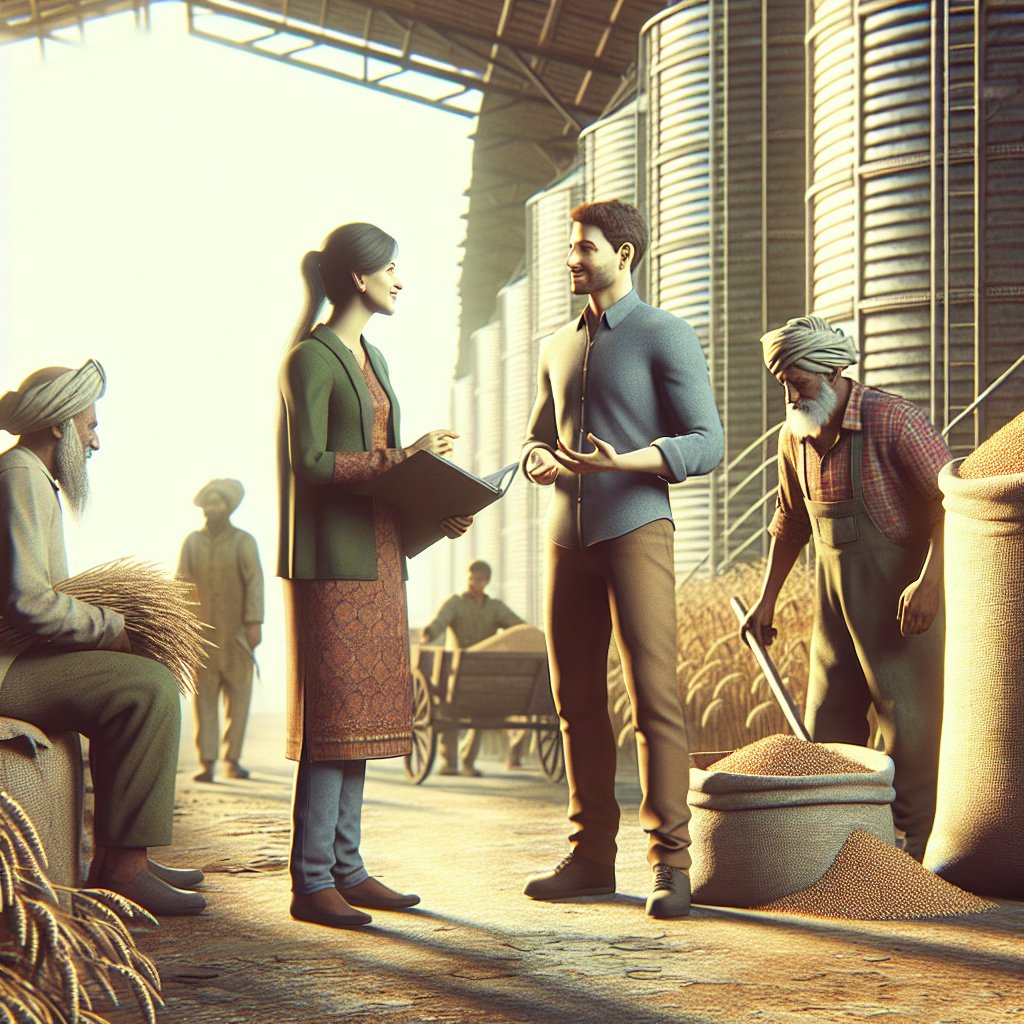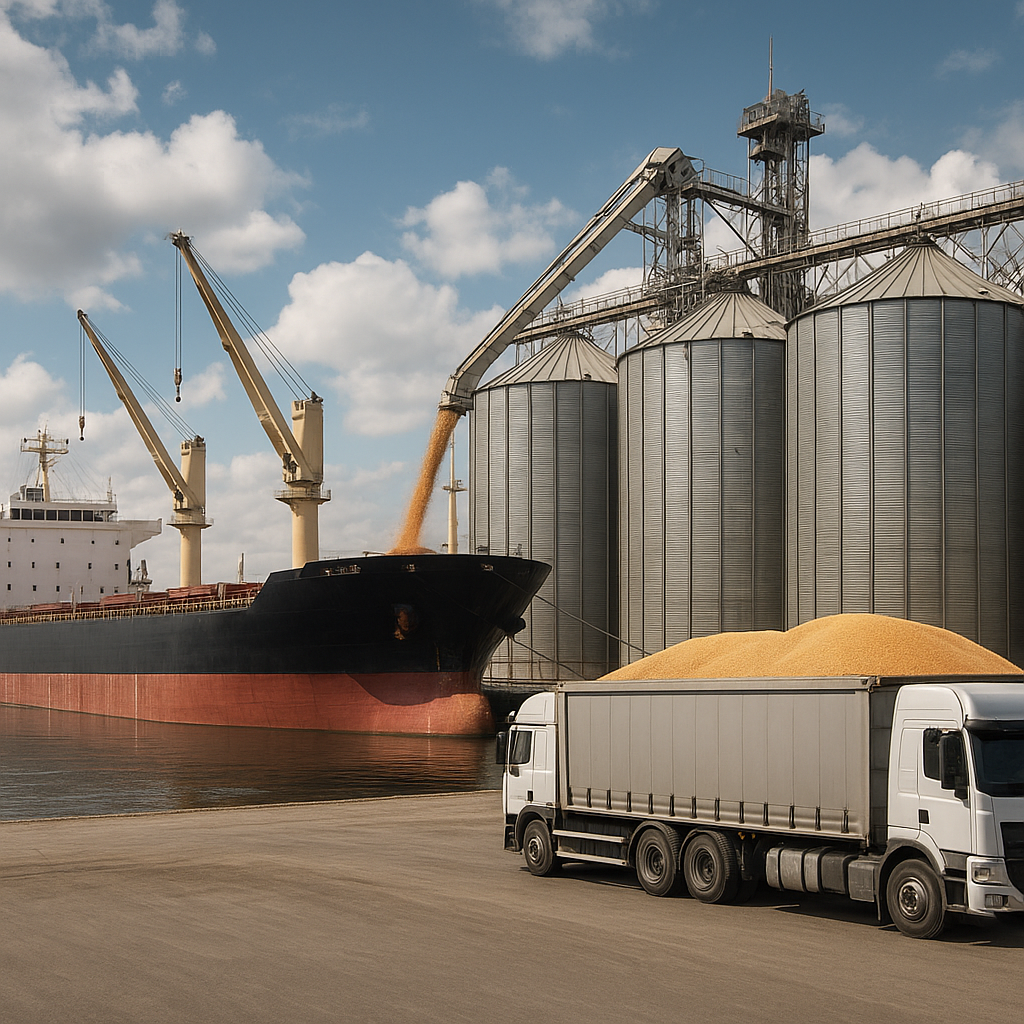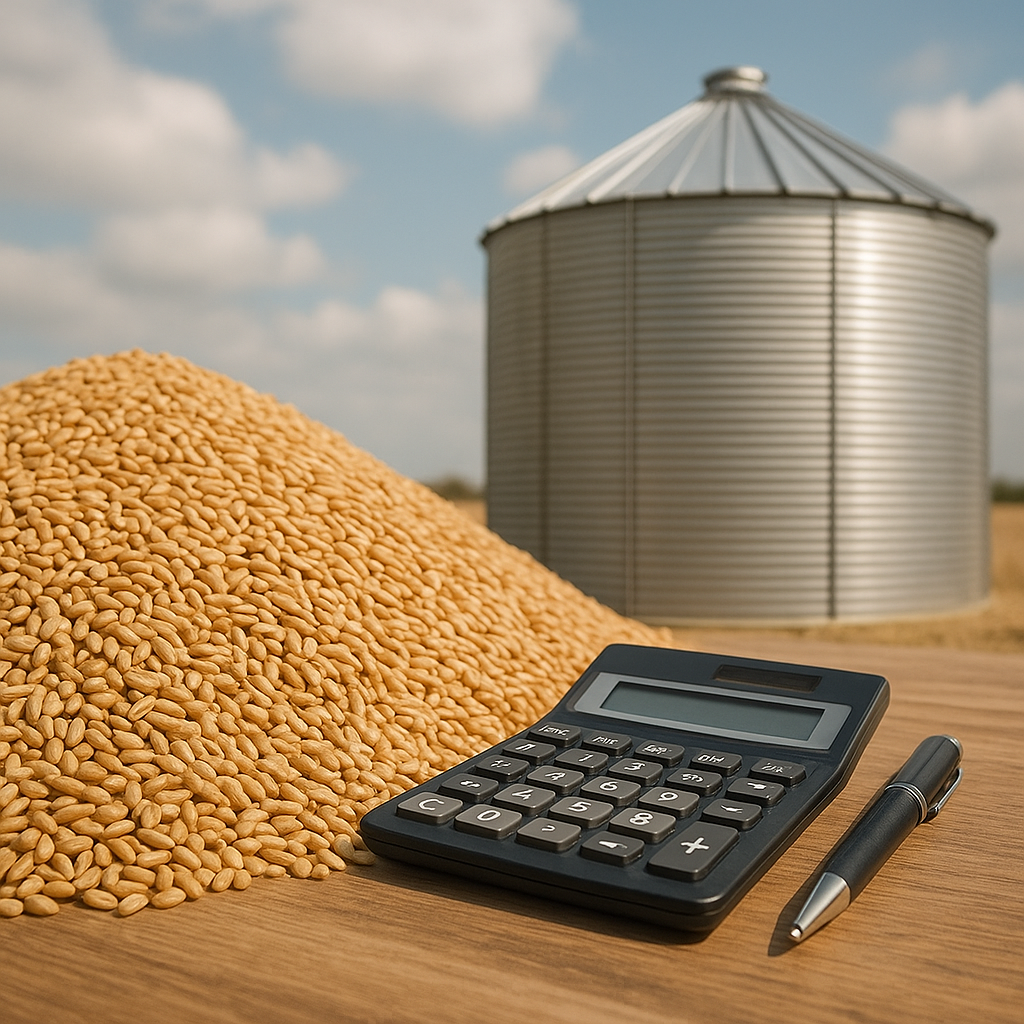The role of grain cooperatives in supporting farmers is crucial in today’s agricultural landscape. These cooperatives serve as a vital link between farmers and the market, providing essential services that enhance productivity, profitability, and sustainability. By pooling resources and sharing knowledge, grain cooperatives empower farmers to navigate the complexities of modern agriculture, ensuring they remain competitive and resilient in the face of various challenges.
Understanding Grain Cooperatives
Grain cooperatives are organizations formed by farmers who come together to achieve common goals related to grain production, marketing, and distribution. These cooperatives operate on the principle of collective ownership, where each member has a say in the decision-making process and shares in the profits generated by the cooperative’s activities. The primary functions of grain cooperatives include:
- Marketing and Sales: Cooperatives help farmers market their grain more effectively by providing access to larger markets and negotiating better prices.
- Purchasing Inputs: They enable farmers to buy seeds, fertilizers, and other necessary inputs at reduced prices through bulk purchasing.
- Storage and Handling: Grain cooperatives often provide storage facilities, ensuring that farmers can store their produce safely until market conditions are favorable.
- Technical Assistance: Many cooperatives offer training and resources to help farmers adopt best practices in grain production.
By working together, farmers can leverage the cooperative’s resources and expertise, leading to improved outcomes for all members. This collaborative approach not only enhances individual farm operations but also strengthens the agricultural community as a whole.
The Benefits of Grain Cooperatives
Grain cooperatives offer numerous benefits to their members, which can significantly impact their farming operations and overall livelihoods. Some of the key advantages include:
1. Economic Advantages
One of the most significant benefits of grain cooperatives is the economic advantage they provide to farmers. By pooling resources, members can access better prices for inputs and receive higher returns for their products. This collective bargaining power allows farmers to compete more effectively in the market. Additionally, cooperatives often have lower operational costs due to economies of scale, which can translate into higher profits for their members.
2. Risk Management
Agriculture is inherently risky, with factors such as weather, market fluctuations, and pest infestations posing constant threats to farmers. Grain cooperatives help mitigate these risks by providing members with access to insurance programs, market information, and financial assistance. By sharing risks among members, cooperatives can help stabilize income and reduce the financial burden on individual farmers.
3. Access to Technology and Innovation
Grain cooperatives often invest in research and development to stay at the forefront of agricultural technology. By being part of a cooperative, farmers can access the latest innovations in seed technology, pest management, and sustainable farming practices. This access to technology not only improves productivity but also promotes environmentally friendly practices that can lead to long-term sustainability.
4. Community Building
Grain cooperatives foster a sense of community among farmers. By working together, members build strong relationships and networks that can provide support and encouragement. This sense of belonging can be particularly important in rural areas, where social isolation can be a challenge. Cooperatives often engage in community development initiatives, further strengthening their ties to the local area.
5. Advocacy and Representation
Grain cooperatives serve as a collective voice for farmers, advocating for their interests at local, regional, and national levels. By representing the needs and concerns of their members, cooperatives can influence agricultural policy and ensure that farmers have a say in decisions that affect their livelihoods. This advocacy role is essential in promoting fair trade practices and sustainable agricultural policies.
Challenges Faced by Grain Cooperatives
While grain cooperatives offer numerous benefits, they also face several challenges that can impact their effectiveness and sustainability. Understanding these challenges is crucial for ensuring the long-term success of these organizations.
1. Competition from Large Agribusinesses
As the agricultural sector evolves, grain cooperatives often find themselves competing with large agribusinesses that have significant resources and market power. These corporations can offer lower prices and more extensive services, making it challenging for cooperatives to attract and retain members. To remain competitive, cooperatives must continuously innovate and demonstrate their value to farmers.
2. Member Engagement and Participation
For a cooperative to thrive, active participation from its members is essential. However, many farmers may be hesitant to engage fully due to time constraints, lack of understanding of cooperative principles, or previous negative experiences. Cooperatives must invest in education and outreach efforts to encourage member involvement and ensure that all voices are heard in the decision-making process.
3. Financial Sustainability
Maintaining financial stability is a significant challenge for grain cooperatives, especially in times of economic uncertainty. Fluctuating commodity prices, rising operational costs, and changing market dynamics can strain the financial resources of cooperatives. To address this challenge, cooperatives must develop sound financial management practices and explore diverse revenue streams.
4. Regulatory and Compliance Issues
Grain cooperatives must navigate a complex landscape of regulations and compliance requirements. These can vary by region and may include food safety standards, environmental regulations, and labor laws. Staying compliant can be resource-intensive, and cooperatives must ensure that they have the necessary expertise and systems in place to meet these obligations.
5. Adapting to Climate Change
Climate change poses a significant threat to agriculture, and grain cooperatives must adapt to these changing conditions. This includes developing strategies for water management, soil conservation, and crop diversification. Cooperatives can play a vital role in helping farmers implement sustainable practices that enhance resilience to climate-related challenges.
Conclusion
The role of grain cooperatives in supporting farmers is multifaceted and essential for the sustainability of the agricultural sector. By providing economic advantages, risk management, access to technology, community building, and advocacy, cooperatives empower farmers to thrive in a competitive landscape. However, they must also navigate challenges such as competition, member engagement, financial sustainability, regulatory compliance, and climate change adaptation. By addressing these challenges head-on, grain cooperatives can continue to play a pivotal role in supporting farmers and ensuring the future of agriculture.













